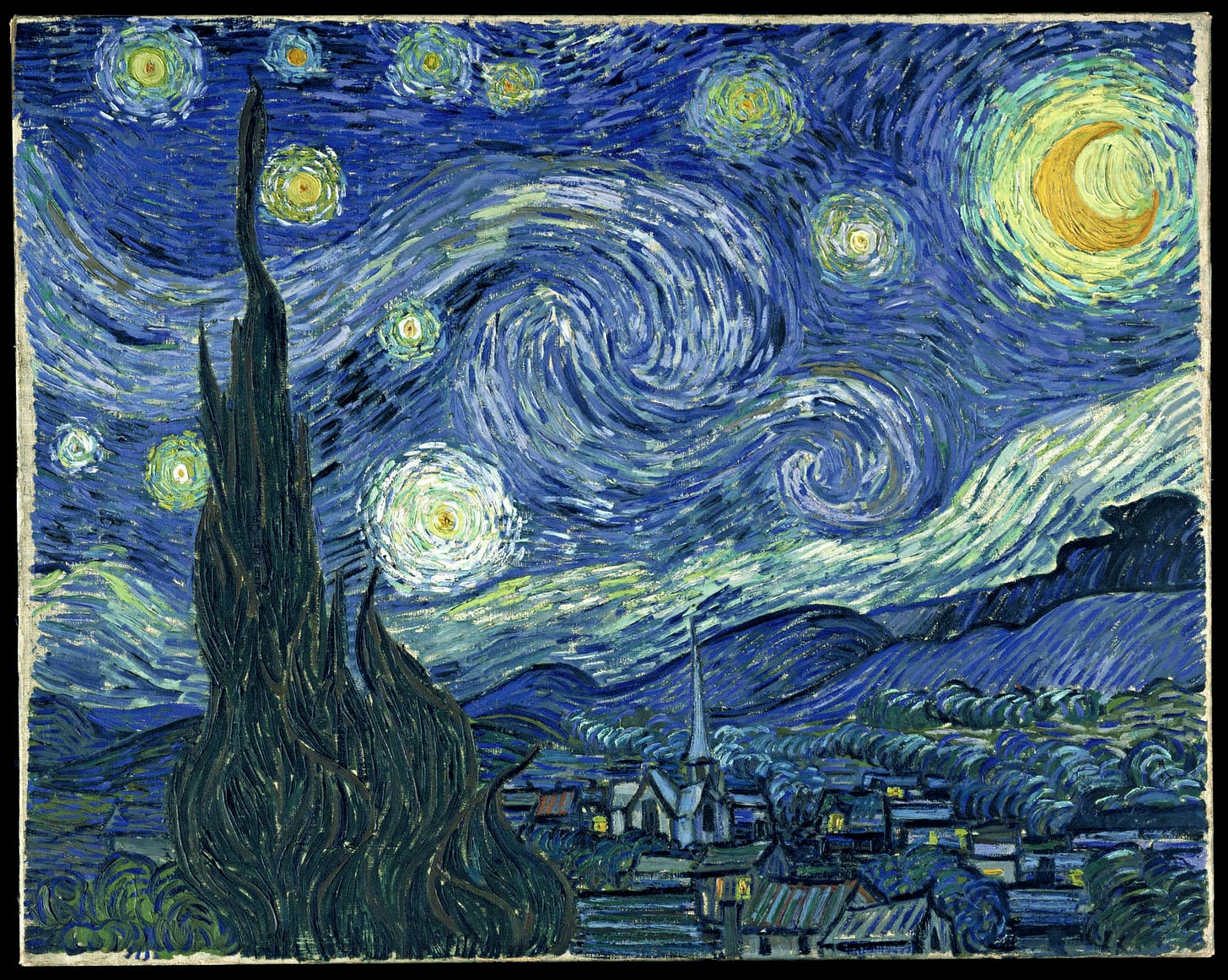Kiefer / Van Gogh
Two artists, two centuries
8 March 1945. Much of Europe lies in ash and ruins. Auschwitz has been liberated. Hitler is cowering in his Führerbunker under Berlin as bombs rain down on the German capital. In the far south-west of the country, in the Black Forest town of Donaueschingen, people are also hiding from war. In the air raid shelter of a hospital, a woman gives birth to a baby boy: Anselm Kiefer.
With this origin story, it is perhaps unsurprising that Kiefer grew into an artist whose work would always remain concerned with questions of German history, guilt, culture and storytelling. His father Albert had been a Wehrmacht soldier and an art teacher, bridging the worlds his son would become obsessed with. The town Anselm grew up in had been heavily fought over with French troops in the last phase of the war. So he grew up surrounded by physical, mental and cultural remnants of the history he had been born into.
Kiefer became interested in art from an early age, and his father helped him develop his skills. But he also found inspiration elsewhere: in poetry, notably by the Holocaust survivor Paul Celan, and in other artists, particularly Vincent van Gogh, in whose footsteps he followed as an 18-year-old travelling through the Netherlands, Paris and the south of France.
You can see these influences in his work. It’s bold and textured like Van Gogh's but dark, stark and often shocking in the way it deals with themes like the Holocaust. When I was in Norway for a literary festival last year, some of the other authors looked at me a little funny when I announced during a bright and sunny day that I was going to see the film Anselm, made by German filmmaker Wim Wenders, which was shown as part of the festival. ‘Isn’t that a bit… gloomy?’ one of them asked. It certainly was. But like Kiefer or not, many people regard him as one of the most influential artists of our time. As a historian, I wanted to understand him, his art and his reception better.
So when I was offered a chance to view a new Kiefer exhibition in London, I took it. It’s called Kiefer / Van Gogh and is on at the Royal Academy from 28 June to 26 October 2025. The exhibition displays works by Kiefer and Van Gogh side by side – sketches, drawings and paintings from different phases of both artists’ lives. I found the juxtaposition startling and thought-provoking, but probably not in the way I was supposed to.
Keep reading with a 7-day free trial
Subscribe to ZEITGEIST to keep reading this post and get 7 days of free access to the full post archives.


